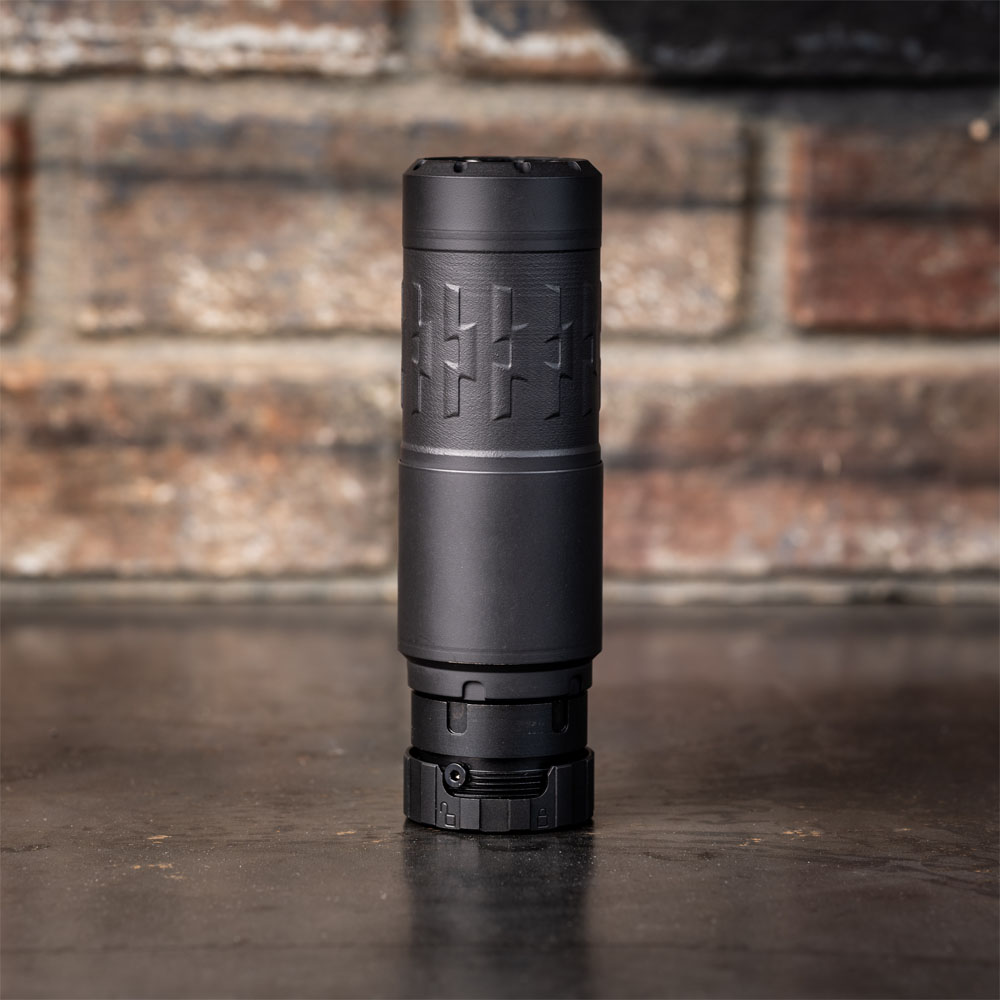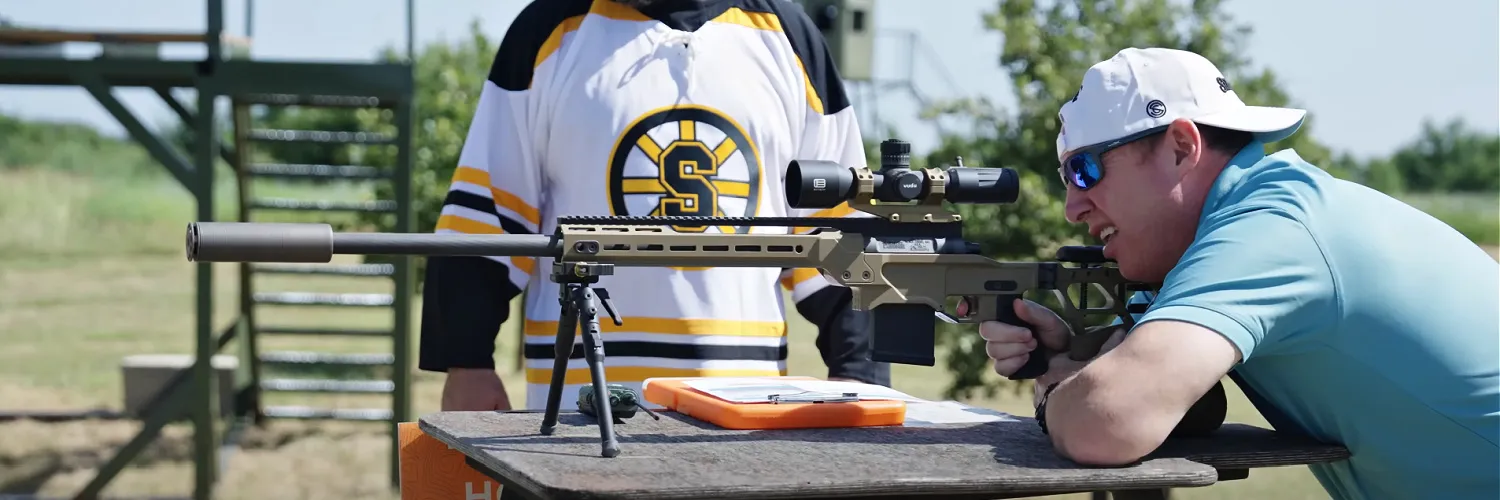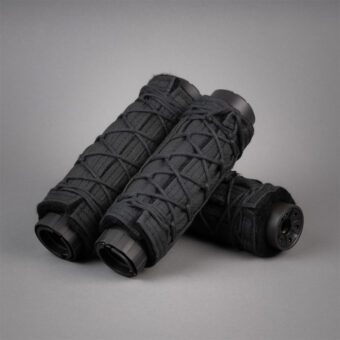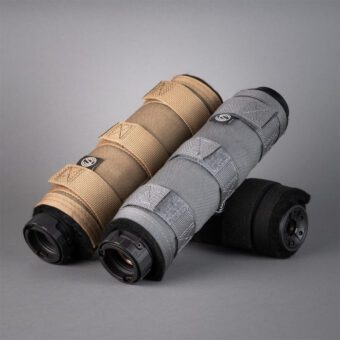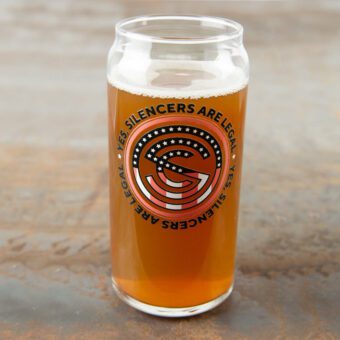5.56 vs .223
Kat Ainsworth Stevens
In the diverse landscape of modern caliber choices, one caliber remains a top pick for AR-platform owners: the .223 Remington. However, the interchangeability of .223 Remington and 5.56 NATO — or the lack thereof — can be confusing at times. Today, we’re discussing the differences between the two and why it’s important to understand how to use them.
What is the difference between 5.56 vs .223?
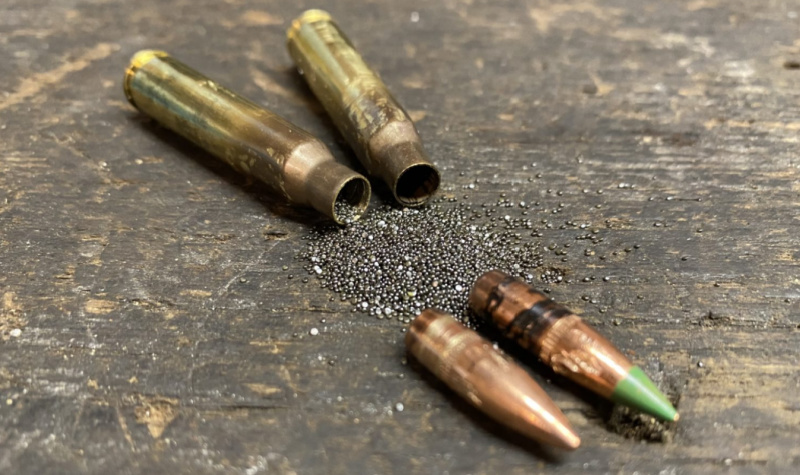
The most noteworthy difference is the fact that 5.56 NATO is loaded to a higher pressure than .223 Remington. In addition, 5.56 NATO has a slightly longer throat — 0.125 inches, to be precise. While these might seem like negligible differences, they do matter. Not all chambers are created equally, meaning not all barrels can or should fire both 5.56 NATO and .223 Remington.
Can you shoot 5.56 and 2.23 through the same barrel?
Here’s the rule of thumb with 5.56 NATO vs .223 Remington: It’s safe to use both cartridges in a 5.56 NATO barrel, but you should only use .223 Remington in a 223 Remington-specific barrel.
For greater precision and versatility, consider a .223 Wylde barrel. Designed for greater precision and tighter tolerances, .223 Wylde barrels can handle both 5.56 NATO and .223 Remington.
Which is better, 5.56 or .223?
With its higher pressure, 5.56 NATO yields greater velocity, which can translate to more devastating results on target. That can be a benefit for hunters.
On the other hand, .223 Remington typically delivers superior precision when compared to most 5.56 NATO loads. And if you want to get the best possible results out of either cartridge, use a .223 Wylde barrel.
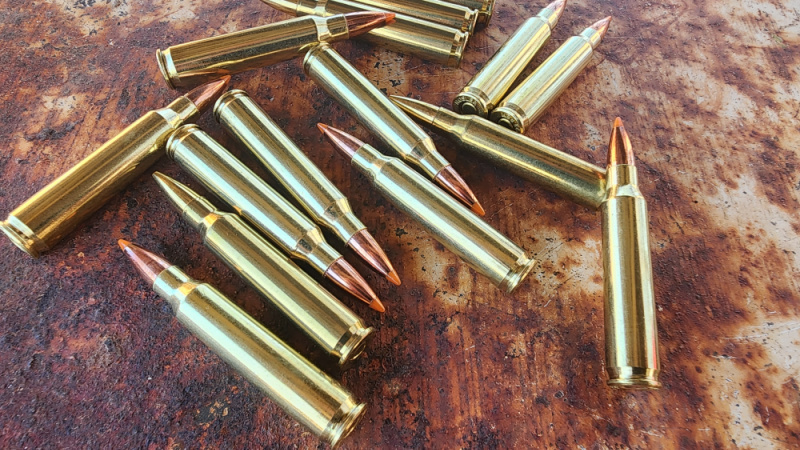
Can you use 5.56 or .223 for hunting?
Whether or not you can use 5.56 NATO or .223 Remington for hunting depends on state laws and the game you’re hunting. Some states mandate larger calibers than .22 for hunting.
States that prohibit hunting game, such as deer, with .22-caliber firearms currently include:
- Colorado
- Connecticut
- Illinois
- Massachusetts
- Virginia
- Ohio
- New Jersey
- Washington
Laws do change regularly so it’s a good idea to stay up to date on the laws and regulations in the area you’ll be hunting.
Also, while .223 Remington is accessible and cost-effective, larger calibers are often more effective for hunting. It is a popular round for hunting feral hogs, but they typically go down easier with bigger calibers. Dropping your target with a single shot is better than taking multiple shots.
Can you shoot both rounds through the same firearms?
Some guns can use both 5.56 NATO and .223 Remington and some cannot. 5.56 NATO barrels are safe to use with both cartridges because they’re made for the higher pressure and slightly longer throat of that round.
In contrast, .223 Remington barrels can only be used for .223 Remington ammunition because they aren’t designed for the greater pressure or slight dimensional differences of the 5.56 NATO. The .223 Wylde barrel can be used with both 5.56 NATO and .223 Remington.
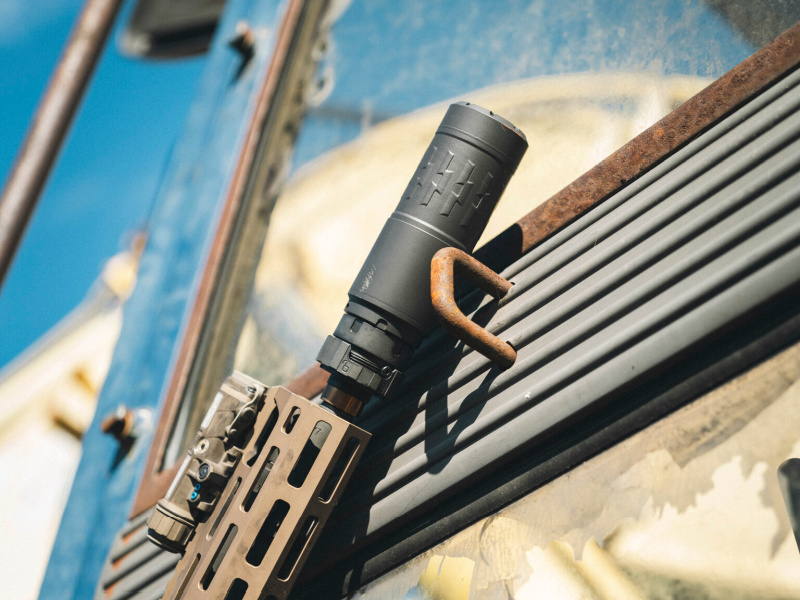
You might be wondering if using 5.56 NATO in a .223 Remington barrel would be immediately catastrophic. The reality is that it’s impossible to know which shot fired will result in damage to the gun or, worse, to you. It could be the first or it could be the hundredth, and it’s not worth the risk. If you’d like to fire both cartridges, get a gun with a 5.56 NATO or .223 Wylde barrel.
When to use 5.56 vs .223?
Part of choosing when to use 5.56 or .223 has to do with personal preference. However, if you have specific goals in mind, there are some factors to consider.
If you’re target shooting for precision, you’re likely to have better results on paper using .223 Remington. While this isn’t universally true, it’s generally true. Of course, there are specific .223 Remington loads designed for precision shooting, and those would be ideal.
If you’re thinking of hunting, you might want 5.56 NATO for the superior velocity and likely greater energy transfer on target. While it’s not a guarantee, those things do tend to produce better results when hunting. Just keep in mind that 5.56 NATO tends not to be as precise.
Does the Military use 5.56 or .223?
The military primarily uses the 5.56x45mm NATO cartridge, which is specifically designed for military use. The higher pressure results in increased muzzle velocity and chamber pressure, making the 5.56 NATO cartridge more suitable for military applications.
Additionally, the 5.56 NATO cartridge is standardized across NATO member countries, ensuring interoperability among different military forces.
Which round costs more?
5.56 NATO is generally more expensive than .223 Remington. The specifics of the load do need to be considered, though, because a high-quality .223 Remington hunting or precision round might cost more than a 5.56 NATO round designed for target shooting. So while it’s generally safe to assume 5.56 NATO will cost more, it isn’t always accurate.
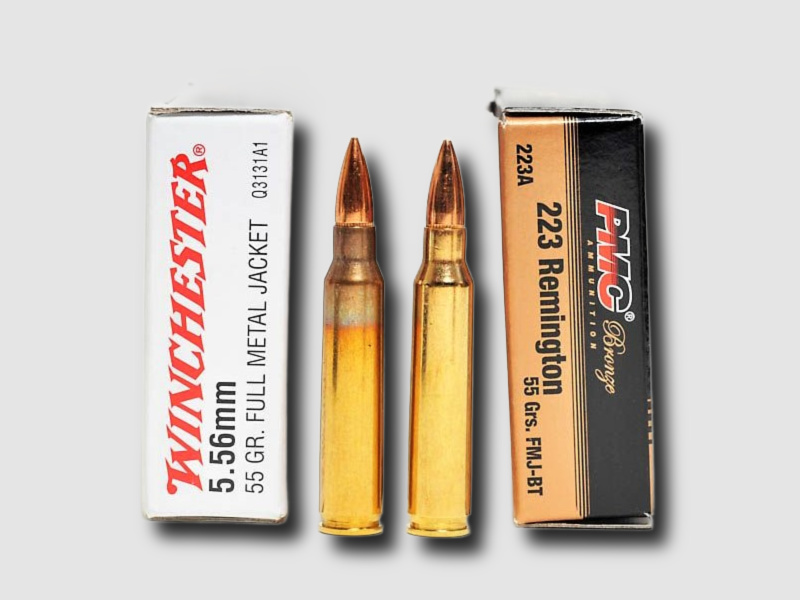
Should you get 5.56 NATO or .223 Remington?
As always, the choice here should be made according to your specific needs. A gun that can run both 5.56 NATO and .223 Remington can be ideal because it allows you to choose your caliber according to the application.
Of course, if you’re doing precision shooting, you might want a .223 Remington barrel (for .223 Remington ammo only) so you can get the tightest groups possible. That doesn’t mean other barrels can’t be impressively precise — they can— but a quality .223 Remington barrel crafted to expect specifications will go a long way to help you achieve those consistently precise shots.


